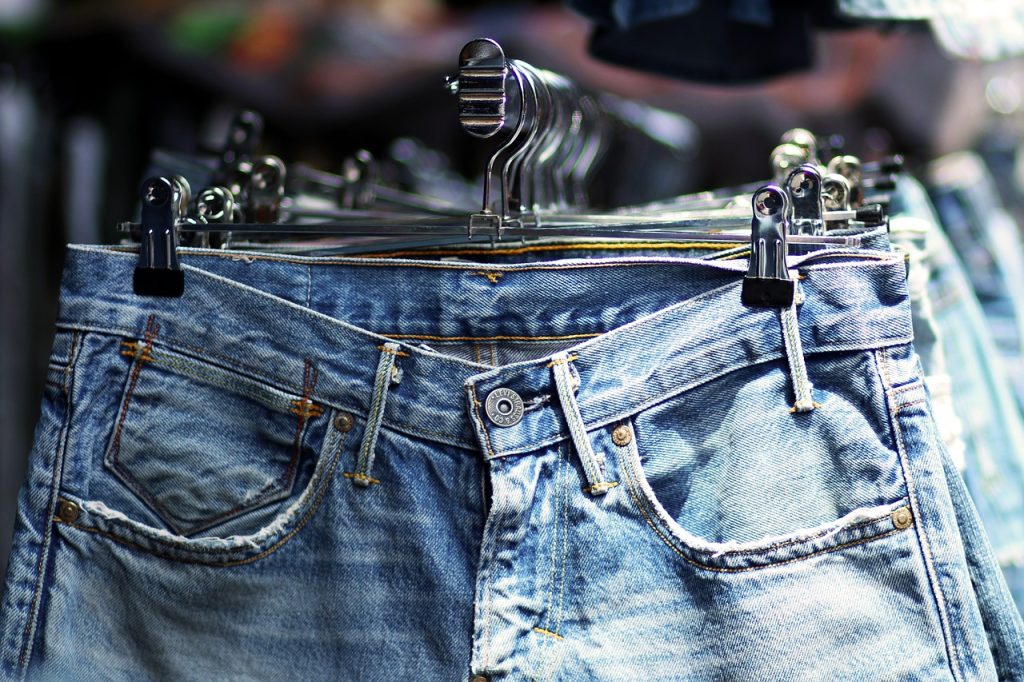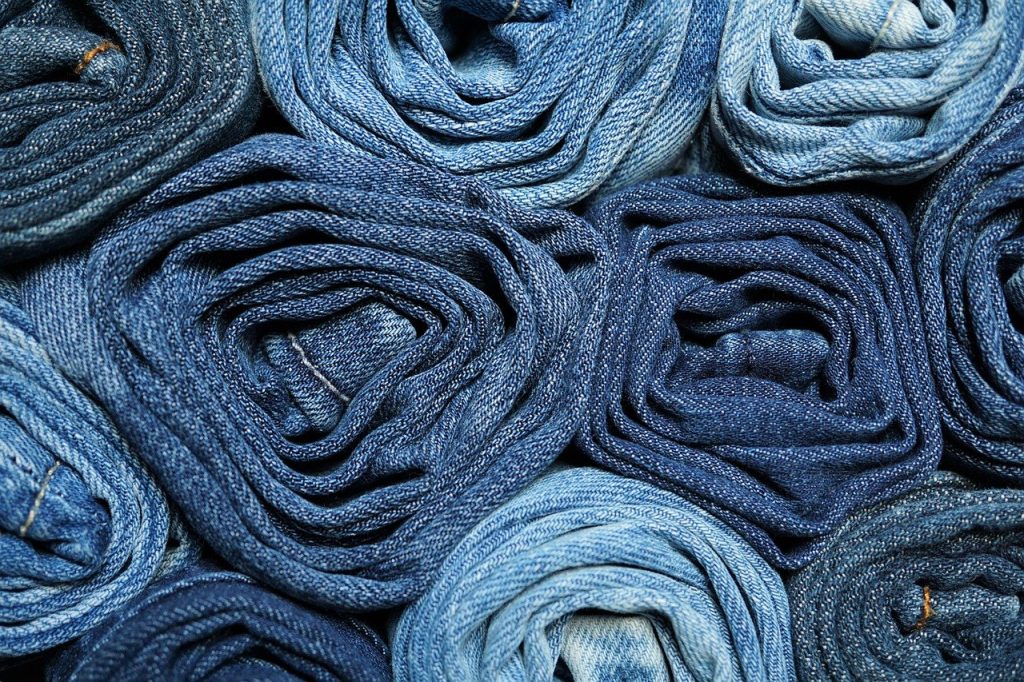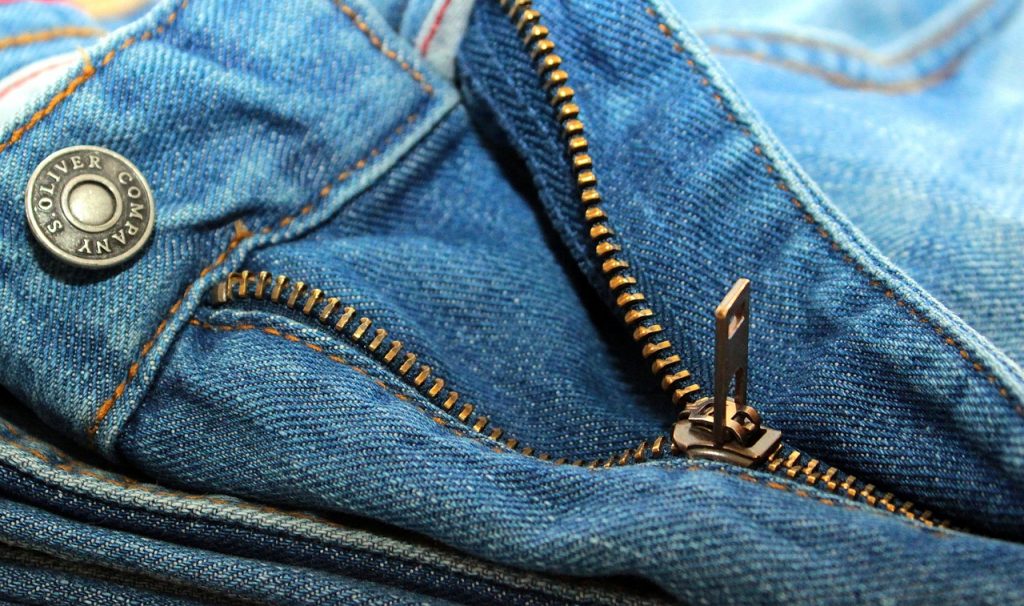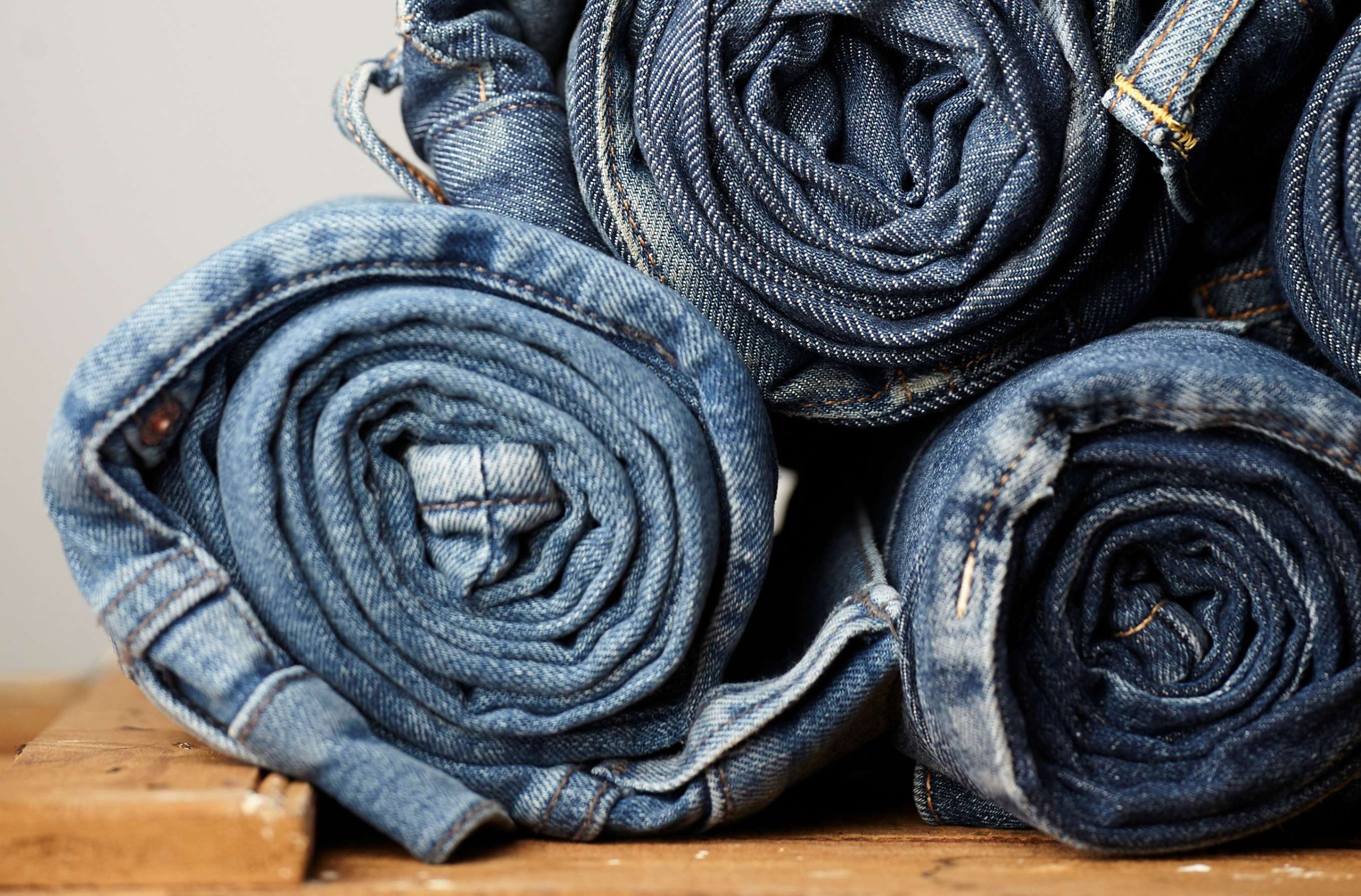Jeans are one of the most resource-consuming garments due to their overproduction. Learning how to choose the right jeans and how to take care of them is a must for anyone looking to develop a more sustainable closet. There are a lot of tricks and tips that are very helpful in making this type of pants much less damaged during its use and washing. This is a small list of some of the most outstanding ones.
Denim jeans: a major pollutant
Denim jeans are the type of garment for which the most liters of water need to be consumed during production. This is because, for most of the finishing of this type of jeans, it is necessary to do one or more extra washings once the garment has been produced. It takes between 1,000 and 2,000 liters of water to make a shirt or a T-shirt. Jeans require almost 10,000 liters of water to be produced instead. This consumption includes the growing, harvesting and treatment of the cotton, its dyeing and post-washing.

As if this were not enough, over the last few decades we have seen an increase in the popularity of stretch jeans; this type of jeans contains a significant amount of polyester in its composition. The use of plastic materials in garments contributes to water pollution; the fibers break down and wear out, and eventually find their way into the environment, one way or another.
In addition, the popularity of this garment as a result of marketing by fast fashion companies has led to a large number of jeans in many different colors in each person’s closet, thus multiplying its polluting effect.
How to choose the right jeans
From a sustainability point of view, it’s clear that consuming quality products is always a better decision than resorting to fast fashion companies to choose the perfect pair of jeans. It is important to spend some time trying on different models, and to reflect on the versatility of the item you are buying. Since jeans consume so many resources during their production, it is necessary for the environment to buy as few as possible; therefore, it is best to have only one or two pairs of jeans that meet all our needs.

In addition to choosing quality products, the next step in the effort to make sustainable fashion consumption is to consume responsibly produced brands. Cradle to Cradle certification or Fashion Revolution’s Fashion Transparency Index are just some of the ways customers can check the work a company or brand is doing to be more sustainable towards the environment.
Unfortunately, the accessibility of these sustainable brands is not that great; this happens because their production process has much higher costs than fast fashion. Those who cannot access these brands, but who want to consume their jeans in a more sustainable way, can try to visit physical or digital second-hand stores; these will offer them high quality and durable options at much lower prices.
Beware of green washing
More and more people are becoming aware of the environmental problem generated by the fashion industry, and many are willing to make an effort to consume more sustainably. Brands are aware of this consumer desire, and are taking advantage of it by designing marketing strategies that are aimed at selling products that look ‘green’ but are not. As a consumer, it is important to investigate the activity of the company you are buying a product from. In this way, we will avoid falling into the clutches of ‘green washing’; in other words, the attempt by many firms to appear more sustainable, without really making an effort to protect the planet.
Tips to take care of your jeans
Jeans can be a very durable garment, if well chosen and cared for. Pre-washed jeans last less in our closet because they have undergone a process of fabric wear and tear, but they are also more comfortable and softer to wear. The more rigid a denim jean is, the tougher its fabric will be, and the longer it will last.

The most important factor in the care of a garment is its washing. It is therefore essential to follow the instructions on the manufacturer’s label, as they are designed to keep the garment in optimal condition, washing after washing. In addition, many companies also recommend to their customers that, when they buy their jeans, they should not wash them that often; these are not garments that tend to get dirty or retain odors that easily.
If jeans are placed inside out in the washing machine, this will prevent a lot of dye from being lost or the outer seams during the washing. Zippers and buttons should be fastened during the washing process to prevent damage to the zippers and deformation of the garment.
Cold water is the best option for this type of garments with such dark dyes. It is key to avoid rubbing them excessively; this is something that happens, for instance, when we wash them by hand or when we try to remove a stain. When drying them, it is best to hang them up making sure that there are no wrinkles or folds; any marks left on the denim as a result of this can be deep and can be very damaging to the garments.
With special care and knowing how to choose the right jeans for quality and durability, this garment can be an active part of a sustainable closet, despite the large consumption of water needed to produce it. It’s all in our hands!





